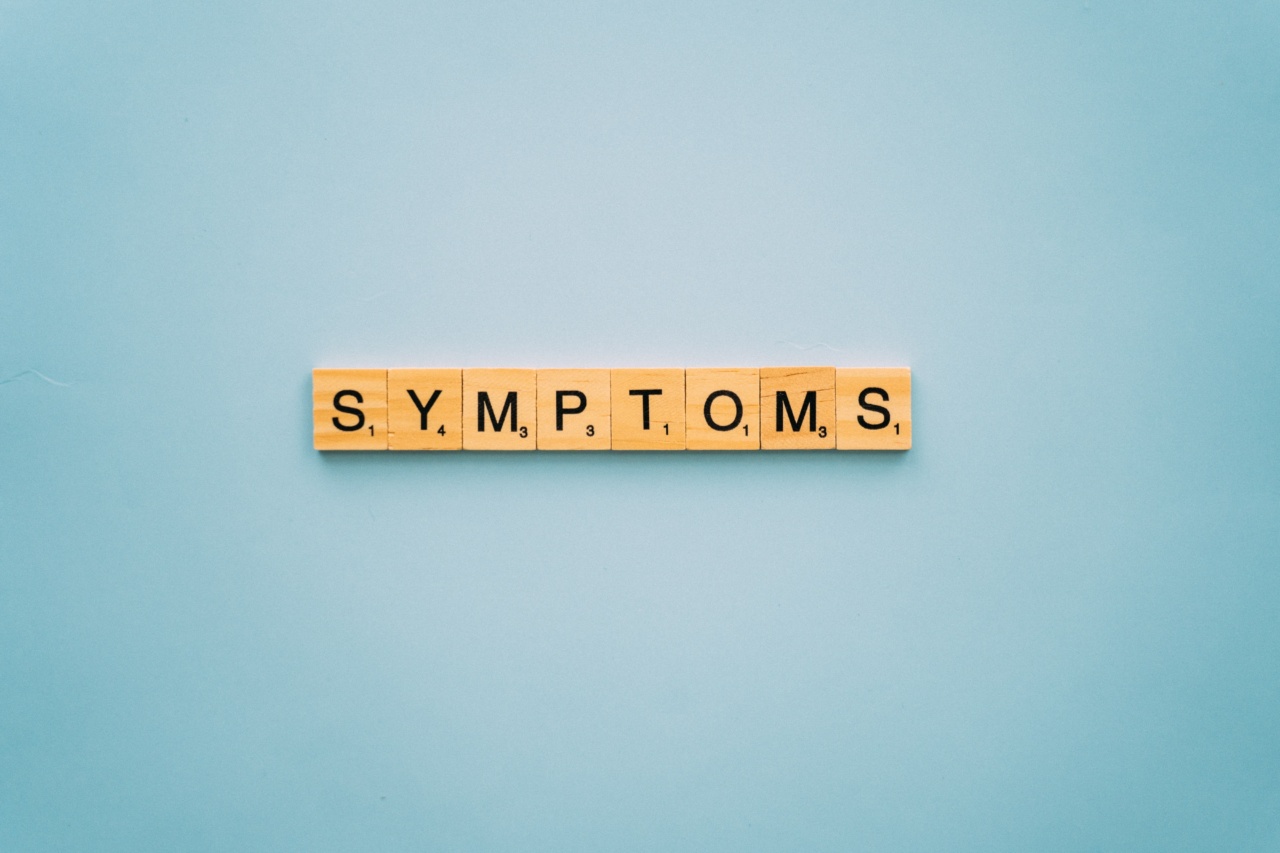When it comes to women’s reproductive health, there are a myriad of issues that can arise. One of these is vaginal flazing, a condition that can be both uncomfortable and embarrassing.
In this article, we will explore what vaginal flazing is, what causes it, and how to recognize the signs and symptoms.
What is Vaginal Flazing?
Vaginal flazing is a condition where the skin inside the vagina becomes irritated and inflamed.
This can be caused by a number of different factors, including infection, irritation from clothing or hygiene products, hormonal changes, or simply friction from sexual activity.
What Causes Vaginal Flazing?
There are a number of different things that can cause vaginal flazing, including:.
- Yeast infections
- Bacterial vaginosis
- Sexually transmitted infections (STIs)
- Reaction to certain types of birth control
- Excessive douching
- Wearing tight or synthetic clothing
- Using scented or heavily perfumed products in the vaginal area
- Having sex without proper lubrication
- Menopause or hormonal changes
What are the Signs and Symptoms of Vaginal Flazing?
The most common signs and symptoms of vaginal flazing include:.
- Redness and irritation of the vaginal area
- A burning or itching sensation
- Soreness or discomfort during sex or other activities that involve the vagina
- Inflammation or swelling of the vaginal area
- Abnormal discharge, which may be thick and white
- Unpleasant odor coming from the vagina
How is Vaginal Flazing Diagnosed?
If you suspect that you might have vaginal flazing, it’s important to see a doctor or gynecologist for a diagnosis.
They will likely perform a pelvic exam and take a sample of vaginal discharge to test for infection or other conditions that could be causing your symptoms.
How is Vaginal Flazing Treated?
The treatment for vaginal flazing depends on the underlying cause. If the condition is caused by an infection, you may be prescribed antibiotics or other medications to clear it up.
If the symptoms are caused by irritation, it may be helpful to switch to all-natural or unscented hygiene products, wear loose-fitting clothing, and avoid excessive douching. In some cases, estrogen therapy may be recommended to help alleviate vaginal dryness and discomfort caused by hormonal changes.
Prevention Tips
There are a number of things you can do to prevent vaginal flazing, including:.
- Wearing cotton underwear and loose-fitting clothing
- Avoiding scented or heavily perfumed products in the vaginal area
- Using proper lubrication during sex
- Avoiding excessive douching
- Cleaning the vaginal area with warm water and mild soap
- Keeping the vaginal area dry and clean
If you experience any symptoms of vaginal flazing, it’s important to see a doctor or gynecologist for a proper diagnosis and treatment plan. With the right care and attention, this condition can be managed and prevented for a healthier and happier you.





























